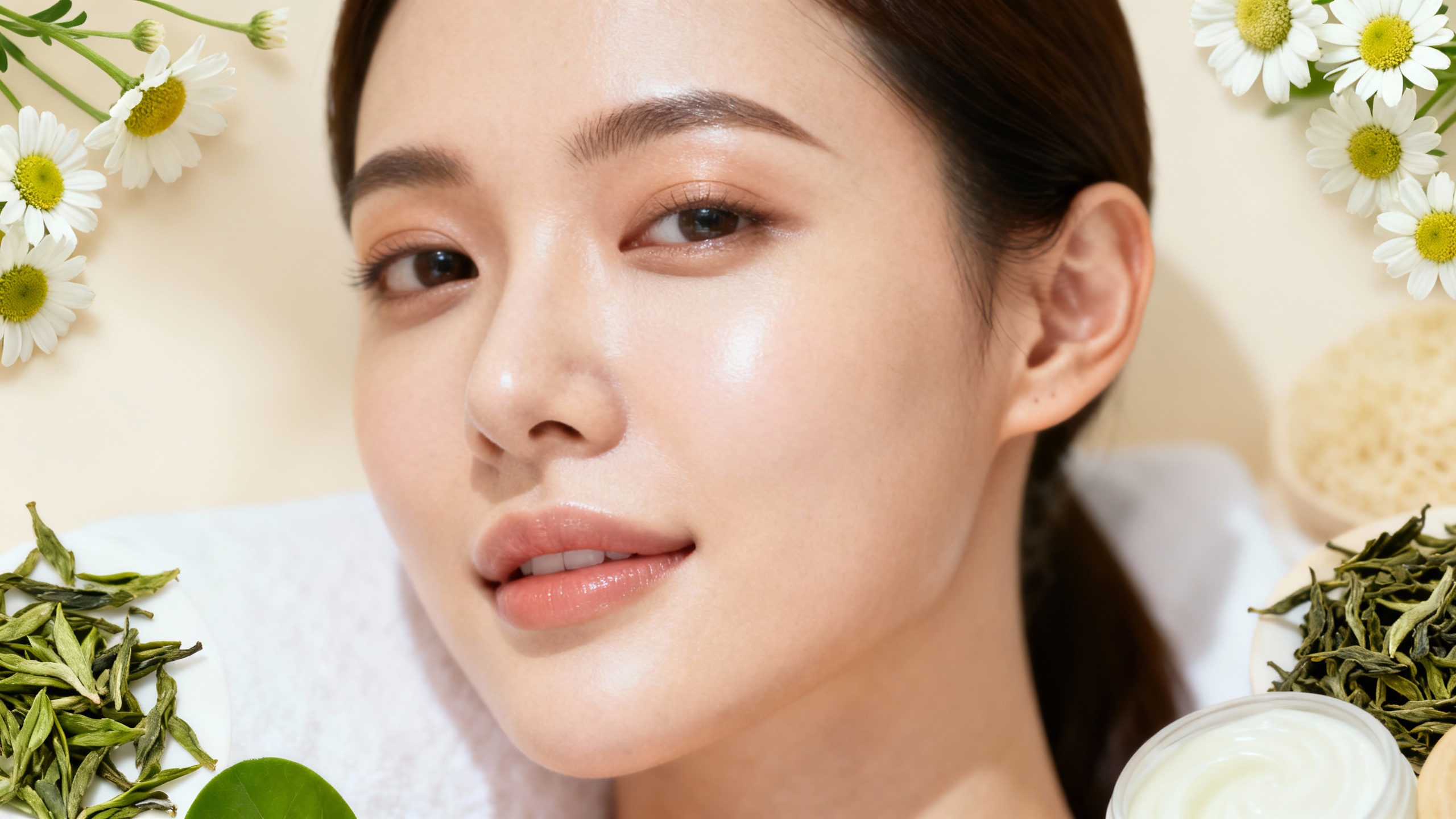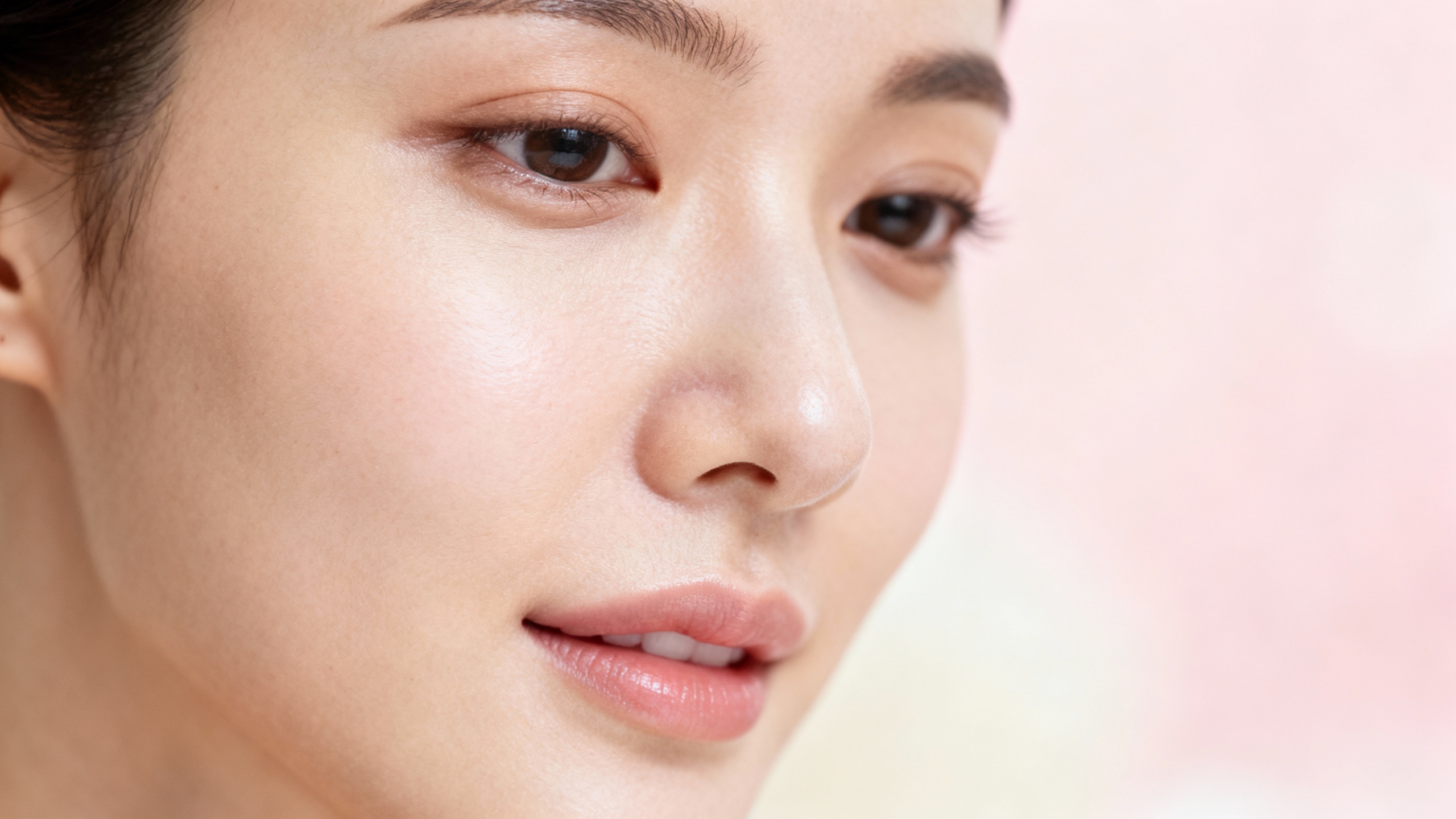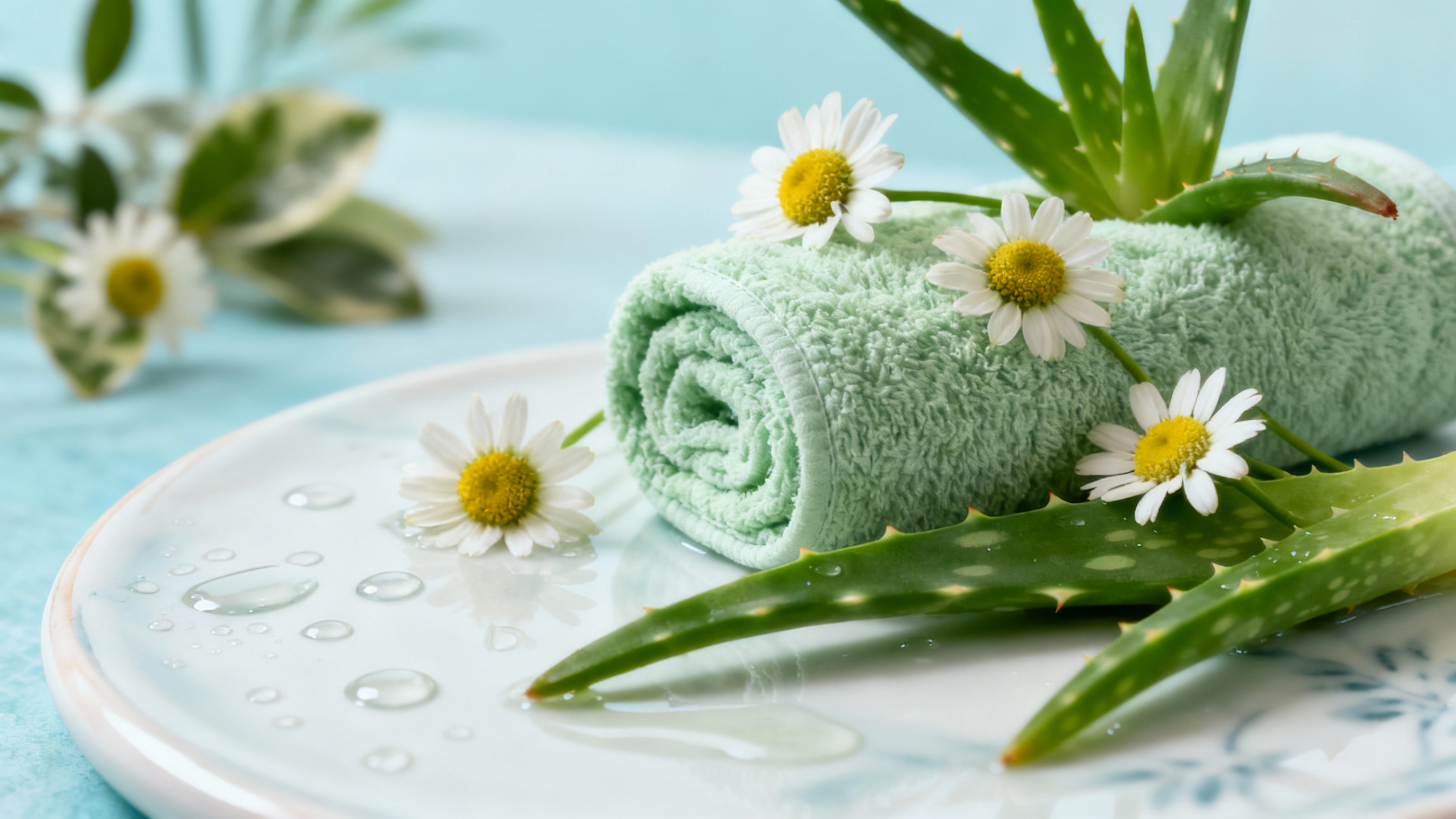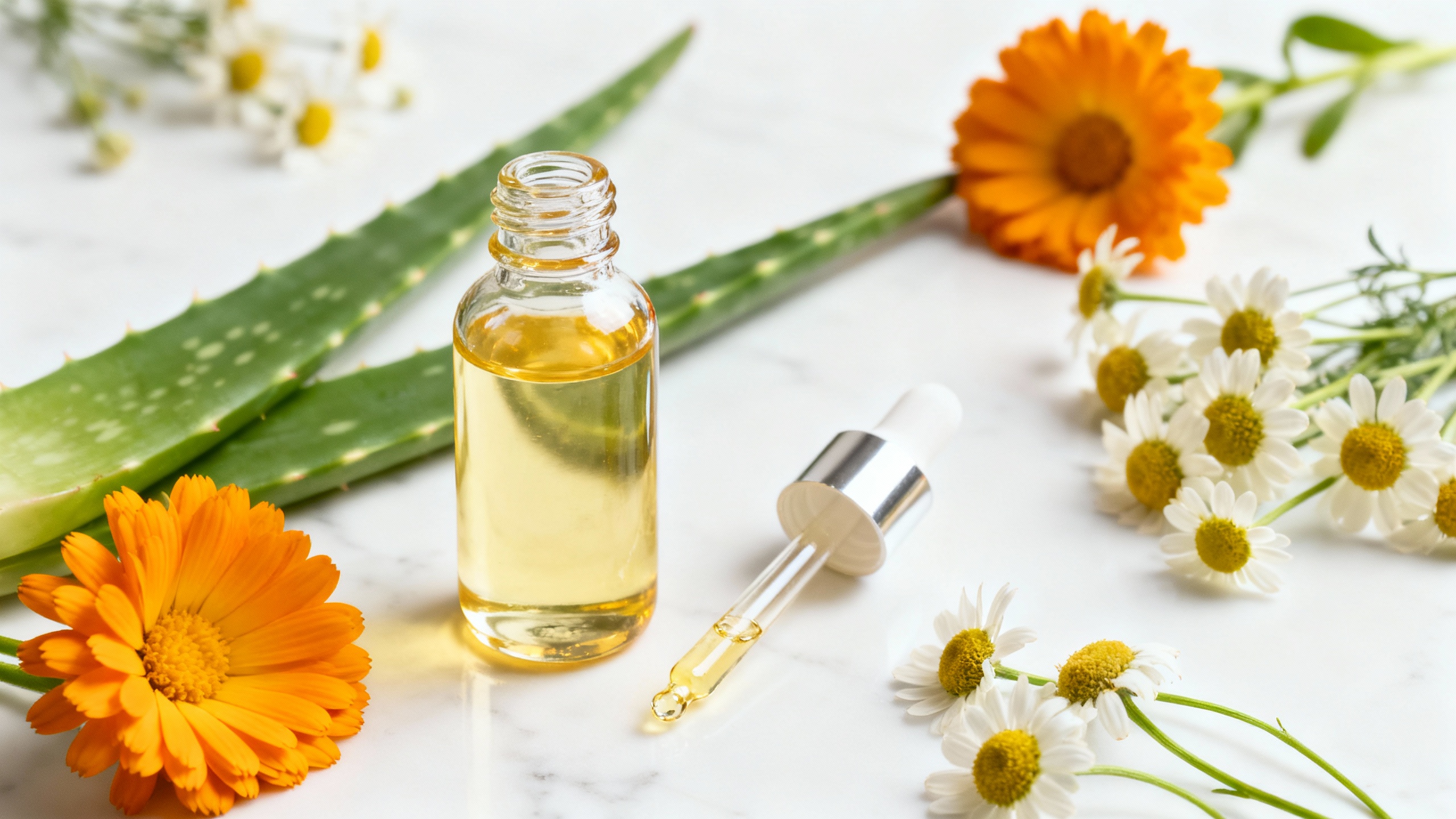23 August 2023
Say Goodbye to Rosacea: Powerful Natural Remedies for Clearer Skin

Understanding Rosacea Before delving into the natural remedies for rosacea, it is vital to first understand what this skin condition is and what the common symptoms and triggers are. What is Rosacea? Rosacea is a chronic skin condition that…
Continue reading






